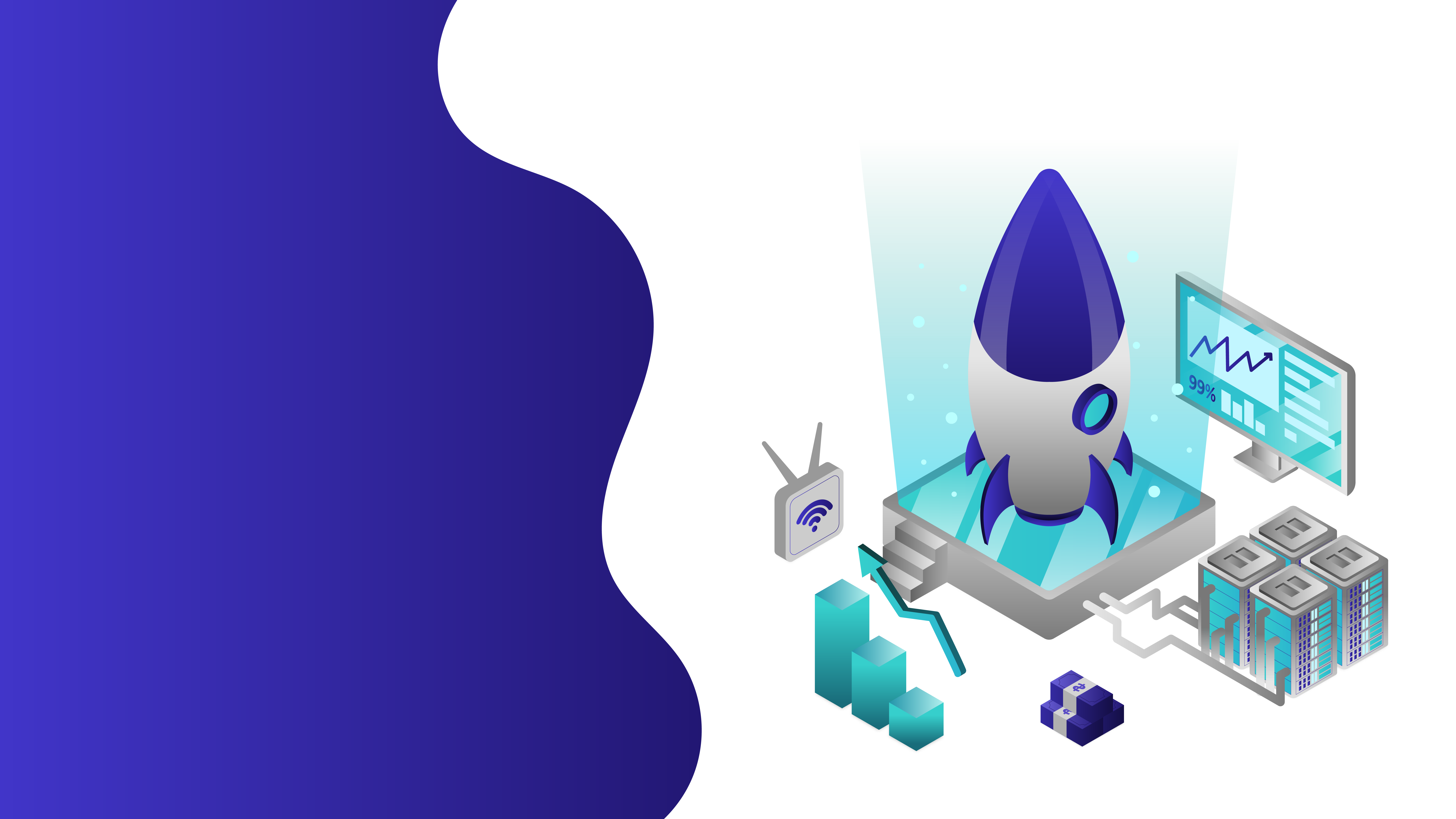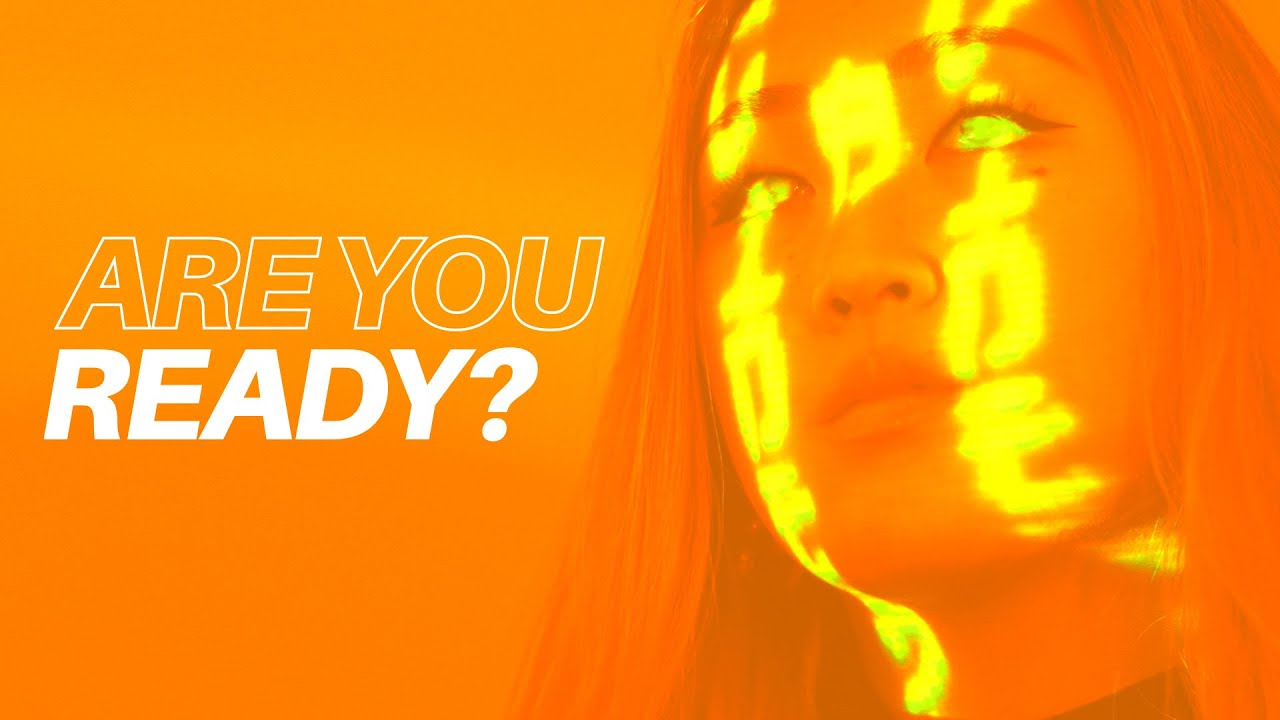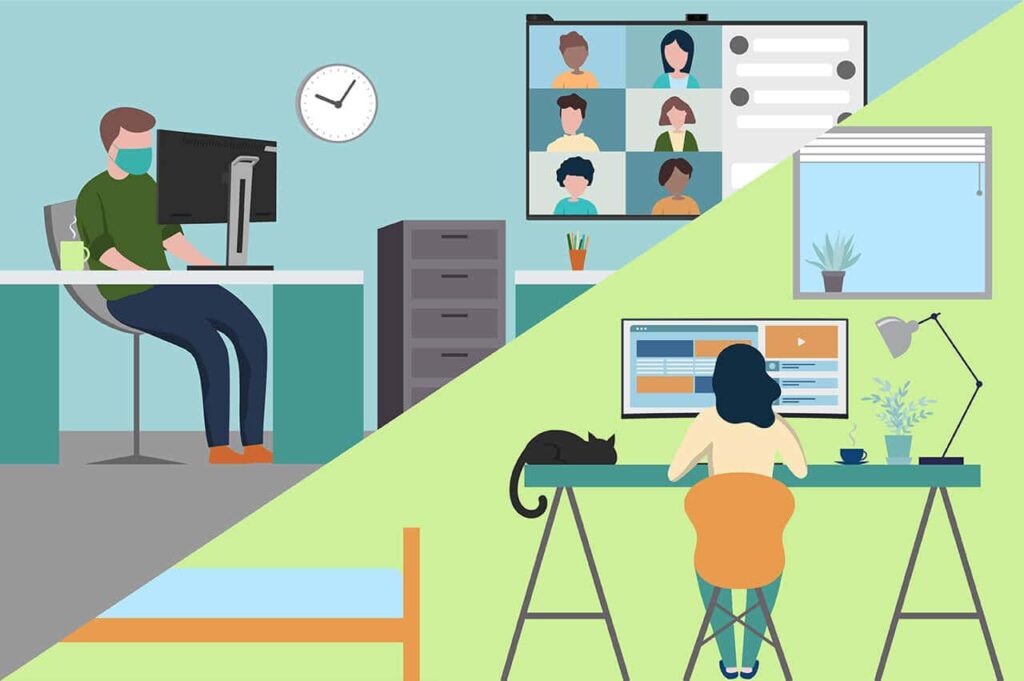
22 Feb Best Practices for Graphic Designers Adapting to the Workforce’s Changing Landscape
Best Practices for Graphic Designers Adapting to the Workforce’s Changing Landscape
Graphic design represents both an art form as well as a science. Thus, it does not come as a great surprise that this entire industry evolves regularly.
Within the marketing space, graphic design can help bring a brand to life and adequately showcase a brand’s personality.
With the rapid changes that are evidentially set to continue within the marketing sector, experts must possess the capability to keep abreast of the latest trends if they hope to enjoy success in the future.
The only potential issue is that it can sometimes be difficult to summarise what the near future may offer, given the unexpected nature of the industry and the global events shifting out outlooks.
Therefore, let’s examine where the graphic design sector is headed and how professionals can adapt to the workforce’s changing landscape.
The Dominance of the Hybrid Workplace
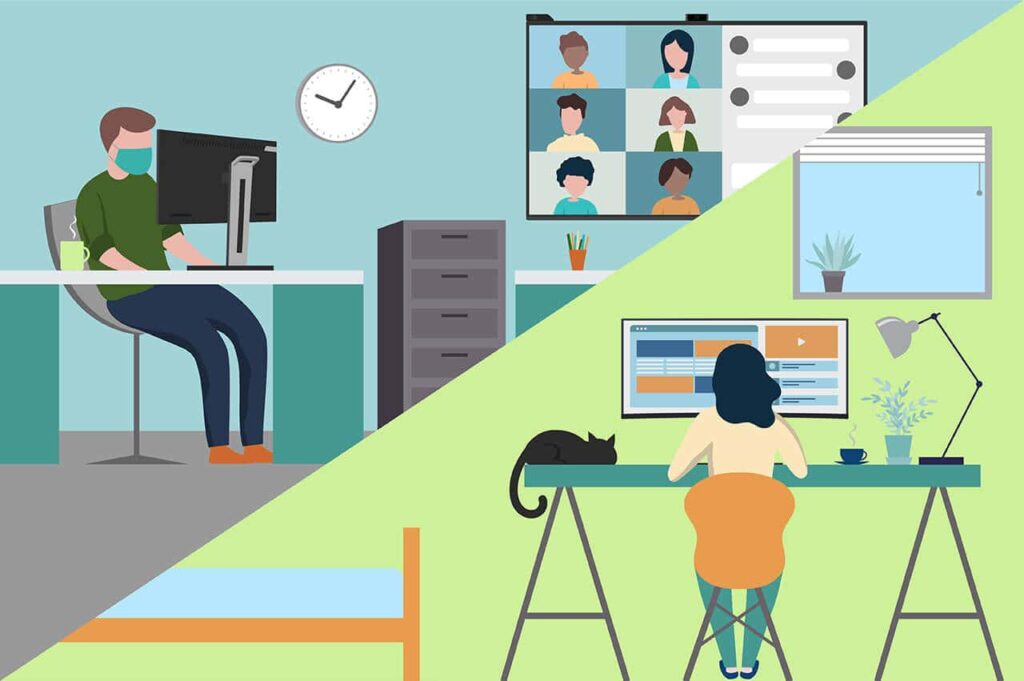
It would be impossible to discuss the latest changes without first mentioning the growth of the hybrid workplace.
Industry experts agree that remote working represents the wave of the future. Not only does this observation heavily involve the recent global health situation, but it reflects the simple fact that digital technology can now support such a strategy, and a specific location of work such as a work office is no longer required.
Graphic designers will need to work without the same levels of managerial oversight that were commonplace in the past. They should think on their feet, delegate responsibilities and remain creative without peer support.
Let us also remember that a familiarity with the Internet of Things (IoT) will play a crucial role.
Hybrid workplaces are here to stay, and it pays to understand how such a shift will impact the entire graphic design sector.
The Cyclical Nature of Graphic Design
Like art and fashion, it seems that graphic design tends to be associated with a revolving sense of identity. This is why many industry analysts believe that we may be witnessing a return to some of the traits attributed to the 1990s. Why might this be the case?
The most straightforward answer involves the notion of nostalgia. Those born in the 1970s and 1980s generally have fond memories of the 1990s.
It just so happens that this is the very same demographic that boasts tremendous buying power. It only stands to reason that resonating with their interests represents an effective strategy.
While graphic design specialists will have to consider traditional principles such as using colour to evoke emotion and build brand consistency, some other approaches may be warranted.
The use of retro-styled logos, meme-inspired aesthetics and pop culture undertones are three examples of the strategies which you should employ.
Superfluous Versus Austere
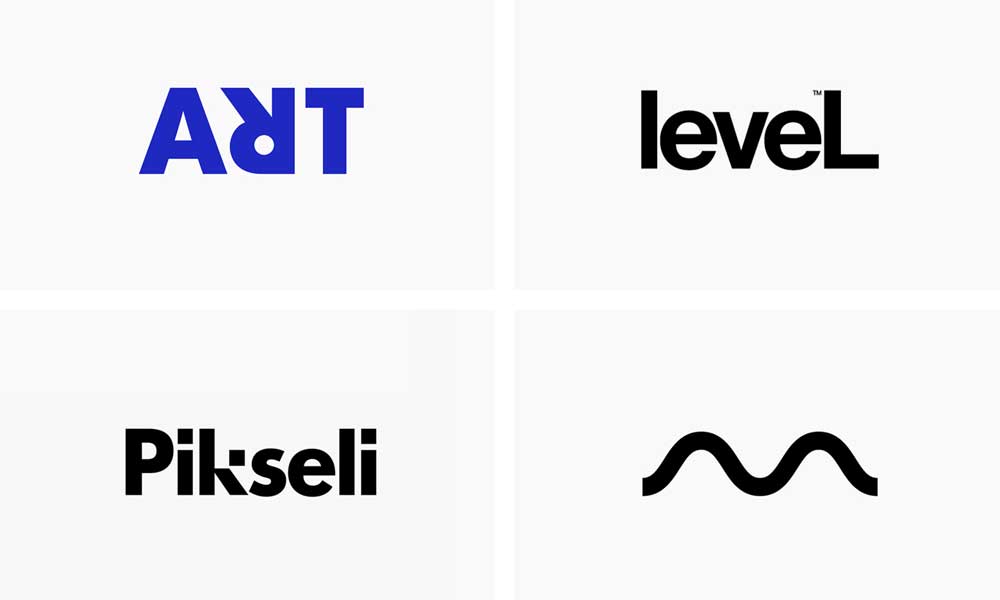
Over the years, it has been noted that simplicity is often crucial, and there is still much to be said about the power of minimalist logo design.
Some well-known examples include Nike, IBM, Apple, and Uber, some of the largest and most well-known global brands whose simple logos and graphics are undoubtedly recognisable.
However, it seems as if we are beginning to witness a paradigm shift into a more maximalist tendency, with more eye-catching and loud designs being favoured. Once again, we can say that consumer psychology may play a crucial role in this shift.
Sometimes referred to as a “visual renaissance”, this movement is defined by a more opulent and visually rich information display. Bold palettes, multiple and loud colours and three-dimensional geometric shapes are all relevant in this case.
Although many well-known international conglomerates are not likely to reinvent the proverbial wheel anytime soon, there is no doubt that graphic design professionals should consider the impacts that maximalism may have upon their upcoming projects.
Motion and Emotion
We have highlighted how technology transforms the graphic design sector regarding remote working. However, this very same trend affects the logos and designs themselves.
As this article notes, holograms are beginning to play a somewhat surprising role in the world of graphic design.
Holographic images were first introduced to the public as far back as the 1970s. At the time, they were mainly limited to printed consumables such as fast food containers and packaging.
We are now seeing holograms within the world of graphic design, mainly with high-end items such as shoes and handbags.
It makes perfect sense that this approach has also been seen within the digital community. Multidimensional highlights, 3D logos and even images that border upon the appearance of virtual reality (VR) are becoming somewhat commonplace.
It is thought that such graphic design techniques will provide a higher level of visual engagement to the average user. This observation also leads us to the following point.
Personalised Approaches to Graphic Design
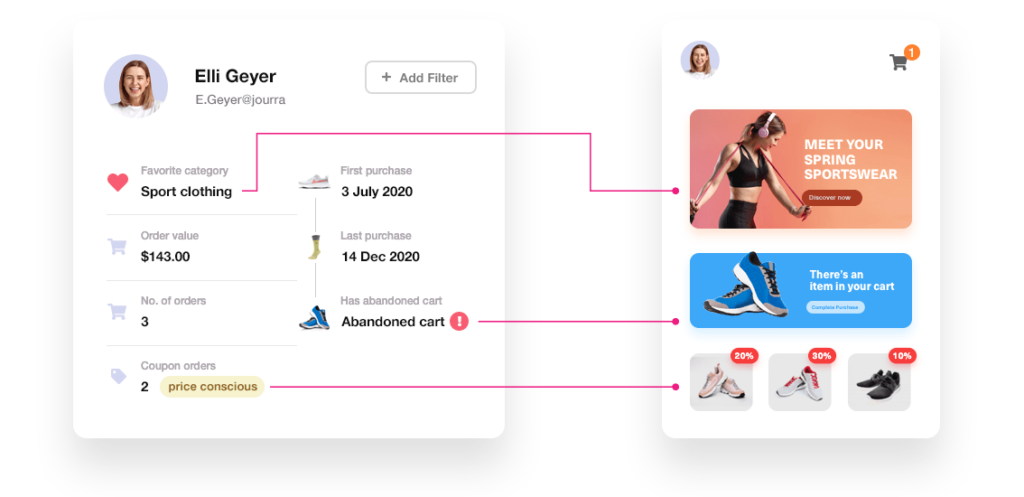
Some of the most well-known marketing strategies have involved bespoke website creation, targeted advertising campaigns, and developing a solid brand presence.
Having said this, another core tenet in these modern times is associated with what has sometimes been called “hyper-personalisation”.
This is another way of stating that marketing professionals will now need to create customised strategies based on the needs of a very discrete niche market.
This same approach will naturally translate into the world of graphic design. Specialists need to keep their fingers upon the proverbial pulse of their target audiences.
The only possible issue here is that designers will rarely be capable of taking on the role of a marketing analyst, as this is typically not within their role.
This is why integrating powerful software platforms that can highlight these statistics, such as Google Analytics, is so important.
These packages can provide clarity and insight on consumer data and trends so that you can make essential decisions without wasting a great deal of time on a poorly executed strategy.
Sustainability as a Global Initiative
As with many other sectors, eco-friendly designs have become exceedingly popular within the graphic design realm over the past few years.
Consumers are very aware of their impact upon the environment, and climate change is no longer a mere fringe theory.
Graphic designers are therefore incorporating organic elements into their approaches so that a flavour of corporate responsibility begins to take centre stage.
We are all aware that the primary intention is to keep ahead of the latest trends. It should nonetheless be pointed out that there are other benefits.
Companies capable of displaying a sense of ecological responsibility will resonate with a much larger audience. Furthermore, this is an excellent way to build a transparent brand identity.
Some of the elements which serve to define an eco-friendly approach to graphic design include:
- The use of more sustainable materials.
- An emphasis upon organic and neutral colours.
- Custom fonts.
- The inclusion of natural elements such as grass, trees and leaves (the Whole Food logo is a prime example in this sense).
These approaches are already evident throughout the online business community. IT asset disposition firms clearly outline their environmental policies to fashion designers who focus solely on sustainability.
The green movement is here to stay, and graphic designers must continue to follow this trend.
The Use of Advanced Software Packages
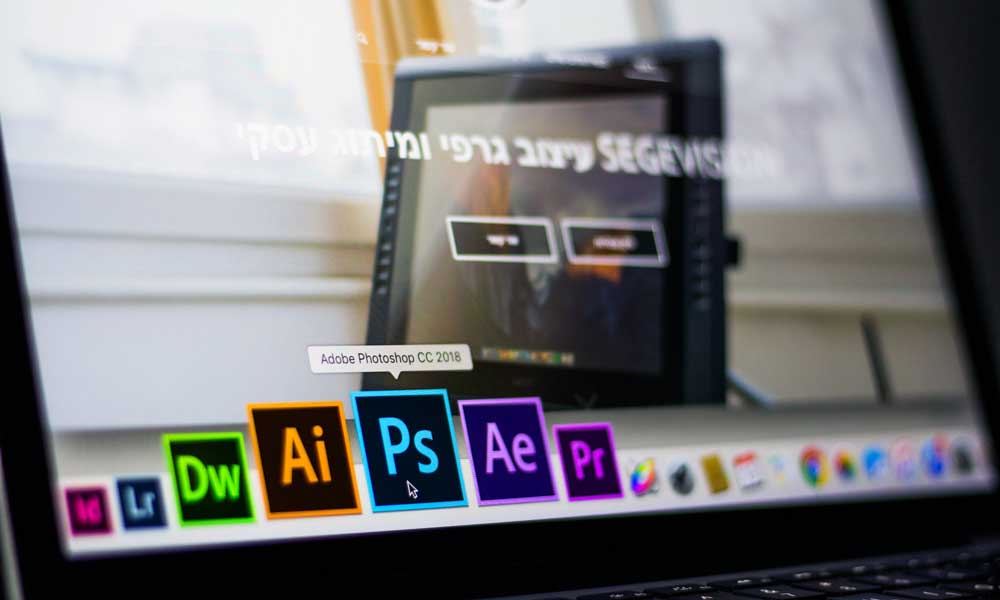
We have already seen that remote employment opportunities have become commonplace, as previously mentioned when discussing a hybrid working environment.
While traditional design methods such as sketches and presentation prints are still very viable, there is no doubt that we are also shifting even further into the software age.
Therefore, designers must be comfortable with advanced systems to leverage their talents to the fullest. Here are a handful of the most popular bundles on the market today:
- Adobe Illustrator
- CorelDRAW
- Blender
- Crello
- Autodesk 3ds Max
As levels of managerial oversight might not be as prominent when negotiating a hybrid workplace, graphic designers should possess a working knowledge of these and similar systems (depending upon the types of projects they will be undertaking).
Increased Collaborative Opportunities
As we all know, there have been many adverse effects associated with the recent global health crisis, and many sectors have been negatively impacted, including the design industry.
However, it is also interesting to note that some impacts could provide a surprising number of long-term benefits in certain areas, especially working dynamics.
We refer to collaboration in this sense and how it has evolved to suit a more dynamic and less-structured environment.
COVID-19 has forced many graphic design professionals to outsource solutions to third parties and similarly trained individuals, many of whom work as freelancers or in varying environments.
This type of novel collaboration can likewise force design specialists to adopt newer and more diverse practices than past techniques, as their work exposes them to varying cultures and techniques.
The result should be a much more varied industry landscape and, therefore, even more unique options for customers to choose from.
A Heightened Sense of Realism
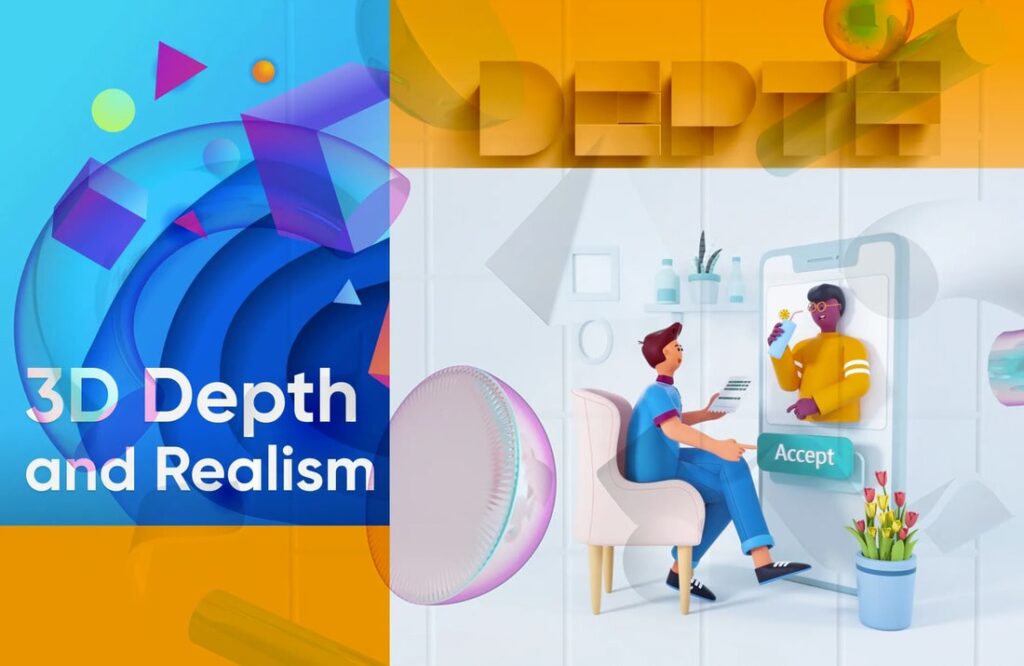
Human psychology should also be mentioned, as emotions and perspectives can significantly impact any industry.
Traditional thinking tends to centre around a sense of optimism and an eagerness for what the new year or the next financial quarter may have in store.
Thanks once again to the ongoing effects of the pandemic, these thoughts have taken a “back seat” to more pragmatic outlooks.
Graphic designers will be keeping a close eye on the industry and its budgets. However, this does not necessarily have to represent all doom and gloom.
Industry professionals will also be looking to embrace a new eagerness to put the days of COVID behind them.
Logos and designs may very well come to represent this trend. The main takeaway point here is that any notions of optimism will need to be flavoured with a dose of pragmatic realism.
Happiness and Self-Satisfaction
A final observation worth noting involves how the graphic designers feel about their current roles. Many companies and individuals alike were primarily focused upon the “bottom line” in the past.
ROI (return-on-investment), price points and rising above competitors were often crucial concerns. Recent global events have caused a shift in such traditional perspectives.
Graphic designers are now beginning to take what can only be called a more holistic approach regarding their careers.
Instead of judging their success based on profit margins, they will instead focus on how content they are on a more personal level.
As the team at Creative Boom observes, self-prioritisation should exert a marked impact upon the entire sector.
Might such a perspective also be seen in the designs themselves? While this is not an easy question to answer, perhaps we could begin to witness more straightforward and more heartfelt approaches in graphic publicity campaigns.
Nostalgic flavours may also come into play as a growing number of brands wish to identify with simpler times.
Although none of these predictions is sure, there is no doubt that an emphasis upon self-contentment will make its presence known throughout the industry.
2022 and Beyond: A Dynamic Future
These are some of the most prominent graphic design trends which industry experts have highlighted that professionals should key an eye out for.
Paying attention to these trends means that graphic designers can continue to express creativity in a way that aligns with current affairs and trends, making their designs more relatable to viewers.
Of course, nothing is truly set in stone, evident from the already constantly shifting dynamic of global trends.
Depending upon the industry and global affairs, not all of these observations may come to pass.
Either way, novices and graphic design experts alike should keep a close eye on the not-so-distant horizon and ensure that they are updated with what is happening.
Author Bio: This is an article by Milica Vojnic. She is a Digital Marketing Executive at Wisetek, global leaders in IT Asset Disposition, Data Destruction, & IT Reuse.
The post Best Practices for Graphic Designers Adapting to the Workforce’s Changing Landscape is by Stuart and appeared first on Inkbot Design.


